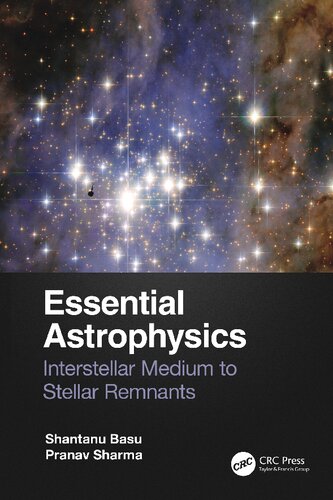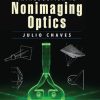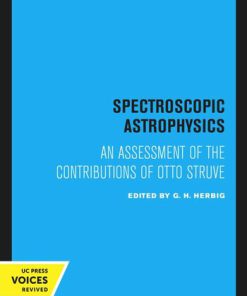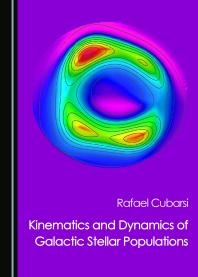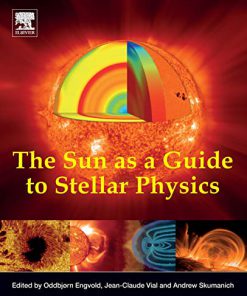Essential Astrophysics: Interstellar Medium to Stellar Remnants 1st Edition by Shantanu 9781000455526 1000455521
$50.00 Original price was: $50.00.$25.00Current price is: $25.00.
Essential Astrophysics: Interstellar Medium to Stellar Remnants 1st Edition Shantanu Basu – Ebook Instant Download/Delivery ISBN(s): 9781000455526, 1000455521
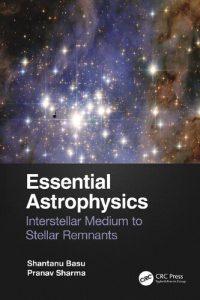
Product details:
- ISBN 10:1000455521
- ISBN 13:9781000455526
- Author: Shantanu
Essential Astrophysics
Interstellar Medium to Stellar Remnants
Table contents:
CHAPTER 1 ▪ Introduction
1.1 OVERVIEW
1.2 UNITS
1.3 BASIC PHYSICS FOR ASTROPHYSICS
1.3.1 The Electromagnetic Spectrum
1.3.2 Specific Intensity and Optical Depth
1.3.3 Blackbody Spectrum
1.3.4 Level Populations
1.3.5 Measuring Temperature
1.3.6 Spectral Line Formation
1.3.7 Line Broadening
1.4 CONCLUDING THOUGHTS
CHAPTER 2 ▪ The Interstellar Medium
2.1 INTRODUCTION
2.2 THE DISCOVERY OF INTERSTELLAR DUST
2.3 THE DISCOVERY OF INTERSTELLAR GAS
2.4 AN INVENTORY OF THE INTERSTELLAR MEDIUM
2.4.1 Gaseous Nebulae
2.4.2 Interstellar Gas
2.4.3 Magnetic Field
2.4.4 Cosmic Rays
2.4.5 Emission Nebulae (H II Regions)
2.5 BLAST WAVES
CHAPTER 3 ▪ Star Formation
3.1 INTRODUCTION
3.2 CLOUDS AND COLLAPSE
3.2.1 Molecular Cloud Fragmentation
3.2.2 Jeans Instability Criterion
3.2.3 Magnetic Field Support
3.2.4 Gravitational Collapse
3.3 PROTOSTELLAR PHASE
3.3.1 Protostars and Pre-main-sequence Stars
3.3.2 Outflows and Jets
3.3.3 Disk Evolution
3.4 STELLAR MASSES
3.4.1 The Substellar Mass Limit
3.4.2 Initial Mass Munction
CHAPTER 4 ▪ Stars
4.1 INTRODUCTION
4.2 STELLAR STRUCTURE
4.2.1 Gravitation
4.2.2 Free Fall
4.2.3 Virial Theorem
4.2.4 Total Energy
4.2.5 Energy from Gravitational Contraction
4.2.6 Nuclear Energy
4.2.7 Internal Pressure and Temperature
4.3 OBSERVING THE STARS
4.3.1 Trigonometric Parallax
4.3.2 Moving Cluster Method
4.3.3 Luminosity Distances
4.3.4 Magnitude Scale
4.3.5 Absolute Magnitude
4.3.6 Magnitudes at Different Wavelengths
4.3.7 Bolometric Magnitudes
4.3.8 Stellar Spectra
4.4 HERTZSPRUNG-RUSSELL (H-R) DIAGRAM
4.4.1 Luminosity Classes
4.4.2 Color-magnitude diagrams
4.5 STAR CLUSTERS
4.5.1 Distance Determinations to Clusters
CHAPTER 5 ▪ Stellar Evolution
5.1 INTRODUCTION
5.2 STELLAR STRUCTURE AND EVOLUTION
5.2.1 Hydrostatic Equilibrium
5.2.2 Mass Continuity
5.2.3 Equation of State
5.2.4 Energy Conservation
5.2.5 Energy Transport
5.2.5.1 Conductive Transport
5.2.5.2 Radiative Transport
5.2.5.3 Convective Transport
5.2.6 Energy Sources
5.3 MASS–LUMINOSITY RELATION AND LIFETIME
5.4 EVOLUTIONARY STAGES
5.4.1 A Snapshot of the Stellar Populations
5.4.2 Evolution of Very Low Mass Stars
5.4.3 Evolution of Low Mass Stars
5.4.4 Evolution of High Mass Stars
5.4.5 Instability Strip
5.5 SUMMARY
5.5.1 Stellar Structure
5.5.2 Stellar Evolution
CHAPTER 6 ▪ Stellar and Planetary Systems
6.1 INTRODUCTION
6.2 ANALYSIS OF BINARIES
6.2.1 Visual and Astrometric Binaries
6.2.2 Spectroscopic Binaries
6.2.2.1 Double Lined, i = 90°, circular orbit
6.2.2.2 Double Lined, arbitrary i
6.2.2.3 Single Lined, arbitrary i
6.2.3 Eclipsing Binaries
6.2.3.1 i = 90°, circular orbit
6.2.3.2 i ≠ 90°, circular orbit
6.2.3.3 Final Thoughts
6.2.4 Close Binaries
6.3 OBSERVING THE EXOPLANETS
CHAPTER 7 ▪ Stellar Remnants
7.1 INTRODUCTION
7.2 ORIGIN OF DEGENERACY PRESSURE
7.2.1 The Degeneracy Parameter
7.3 WHITE DWARFS
7.3.1 Limiting Mass of a White Dwarf
7.3.2 Observations of White Dwarfs
7.3.3 Luminosity of a White Dwarf
7.4 SUPERNOVAE
7.5 NEUTRON STARS
7.5.1 Pulsars
7.5.2 Emission Mechanism for Pulsars
7.5.3 Fast Radio Bursts
7.6 BLACK HOLES
7.6.1 Physical Meaning of the Schwarzschild Radius
7.6.2 Observational Signatures
Bibliography
Index
People also search:
essential astrophysics: interstellar medium
interstellar medium astronomy definition
interstellar medium pdf
interstellar astrophysics
interstellar medium examples
You may also like…
Uncategorized
Computers - UNIX & Linux
Uncategorized
Politics & Philosophy - Philosophical Positions & Movements
The Logic Of Capital: An Introduction To Marxist Economic Theory 1st Edition Deepankar Basu
Uncategorized
Astronomy - The Solar System - Astronomical Studies & Observations
Uncategorized

